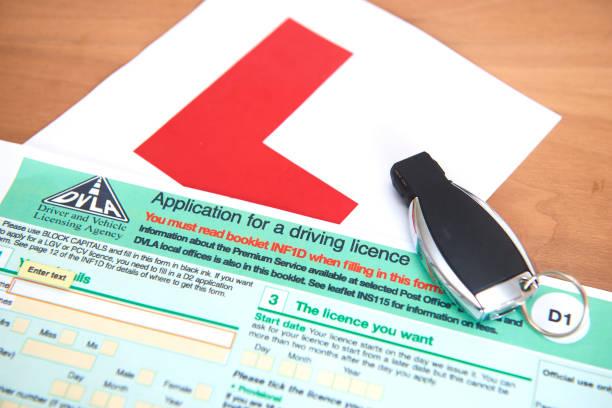For many it was the must-have coming of age present, a course of Driving lessons and the chance to enjoy the sense of freedom that holding a full licence brought with it. It was a generational experience that peaked between 1992 and 1994 when as many as 48% of 17 to twenty-year-olds and 75% of those aged between twenty-one and 29 held one. By 2014 the percentages had dropped to 29% and 63% respectively and in 2021 the Driver and Vehicle Licensing Authority (DVLA) reported that the number of those aged between 16 and 25 qualified to drive had dropped to its lowest level on record, 2.97 million, a reduction that was even more remarkable given the increase in the overall numbers of that age cohort during the period.
A greater environmental awareness, enhanced digital connectivity, the boom in home working, and the spiralling costs of car ownership are cited as reasons for driving falling out of favour with youngsters. Another factor is that the driving test system itself has taken a frustratingly long time to recover from the disruptions of Covid with candidates still experiencing long waits for test dates, now an average of 18.8 weeks.
The need to show a level of proficiency in driving and manoeuvring a vehicle deemed acceptable to an independent examiner is a relatively new concept in the context of the history of the car. While Driving Licences began to be issued in Paris from 1893 and tests became mandatory across France in 1899, Britain was slower off the mark. Printed on a fabric, bound like a passport and costing five shillings, driving licences only became compulsory in 1904, and were available on application at their local Council office to anyone over the age of seventeen, and renewable annually.
However, there was no requirement to demonstrate even the basic competence behind the wheel to obtain a licence. Those who felt the need to do so, travelled to France to take a test, like the Honourable Evelyn Ellis, who in 1895 became the first Englishman to pass a driving test, in Paris, and Miss Vera Hedges Butler, the first British woman in 1900.
Rather like Kenneth Grahame’s Mr Toad in The Wind in the Willows (1908), many a stolid Englishman seemed to undergo a dramatic character transformation when sitting behind the wheel of a car, often driving wildly and carelessly, at least until the often reluctant authorities caught up with them. The advent of cheaper and faster cars in the 1920s led to an explosion in vehicle numbers matched by an equally astonishing casualty rate. In 1933 more than 7,000 were killed on the roads and over 200,000 injured. The incoming Transport Minister, Leslie Hore-Belisha, who himself had narrowly missed being run over, likened the situation to “mass murder”.
The Pedestrian Association, formed in 1929, lobbied for stricter traffic regulations, adequate road safety measures, and law enforcement, a campaign furiously resisted by motoring associations who argued that these would be tantamount to an infringement of a driver’s civil liberties and suggested that irresponsible pedestrians were as much to blame for the carnage on the roads. And anyway, why such a fuss when 6,000 committed suicide a year?
All was soon to change.
This post first appeared on Windowthroughtime | A Wry View Of Life For The World-weary, please read the originial post: here

